
The FDA is redefining healthy food
As our knowledge of nutrition evolved, the FDA’s definition of “healthy” failed to keep pace. That’s changing.
Published:
Updated:
Related Articles
-

-
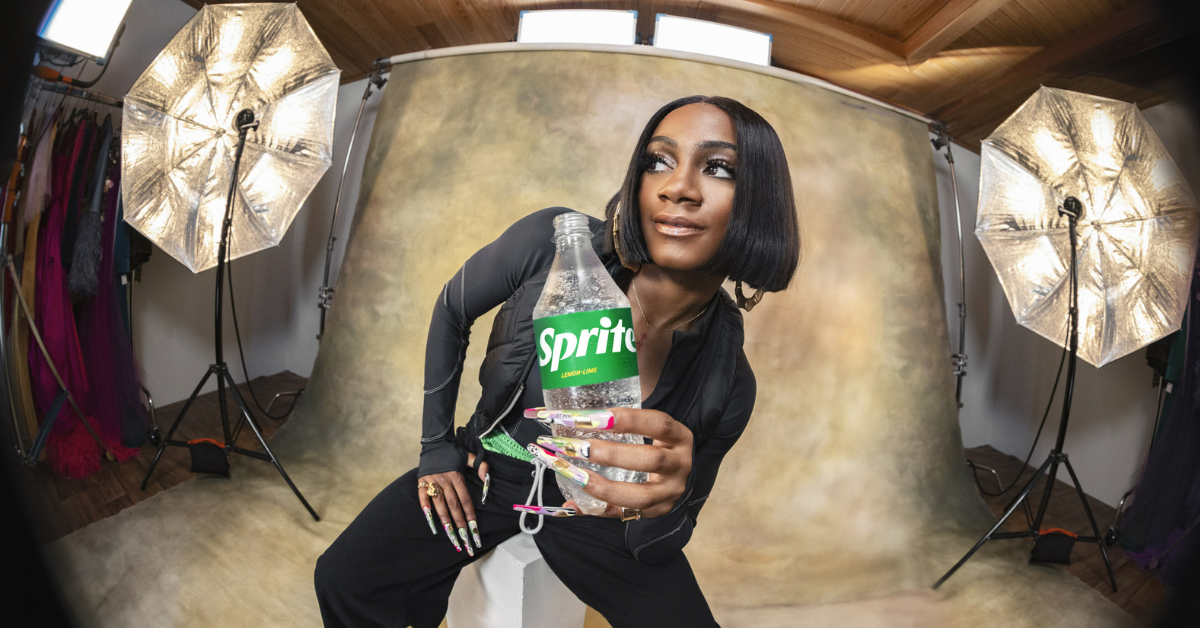
How Sprite overtook Pepsi as America’s No. 3 soda
-
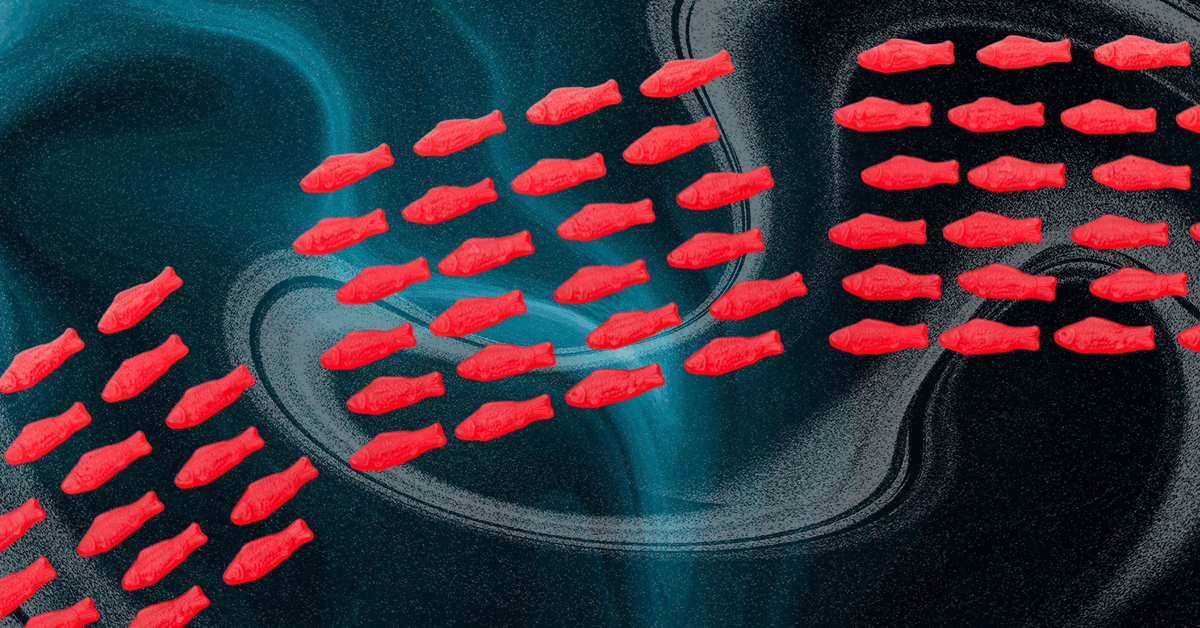
Seeing Red No. 3
-

When did every aisle become the protein aisle?
-
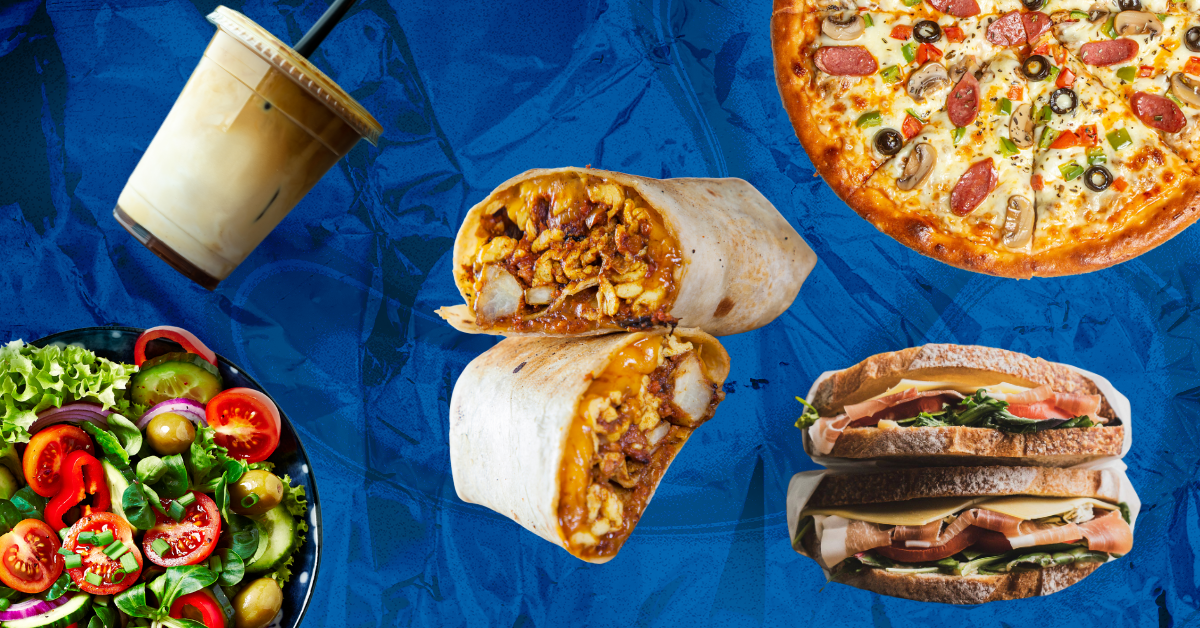
Mmm, delicious convenience store food
-
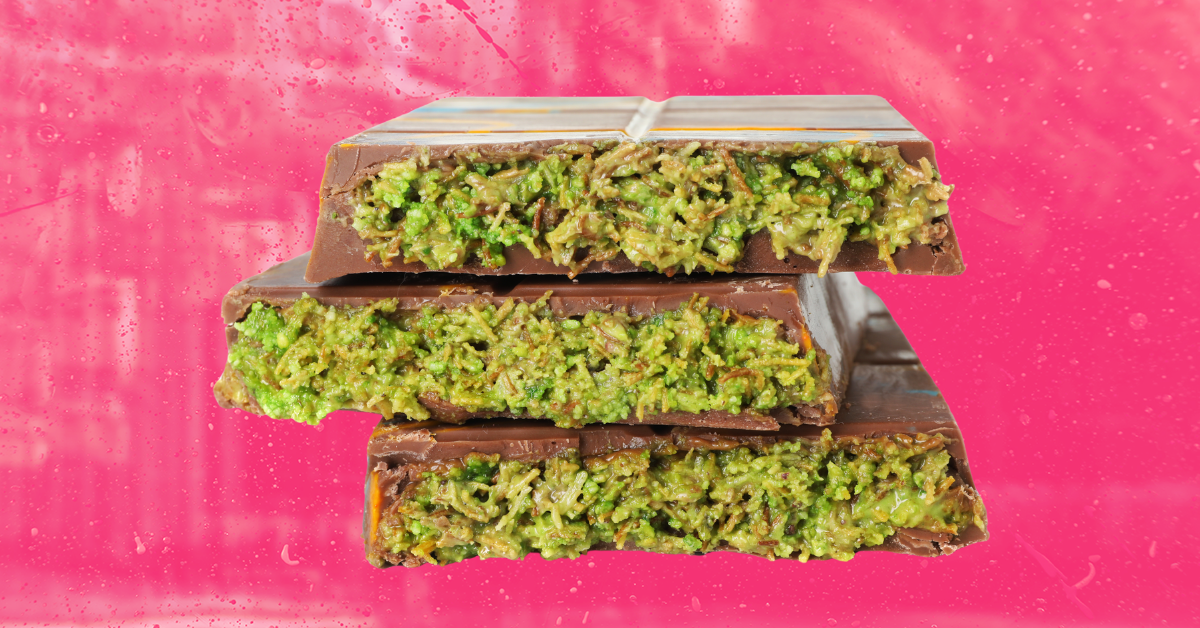
How a candy bar went viral
-

How fast-food restaurants became more even more productive
-

Ghost kitchens continue to haunt delivery apps
-
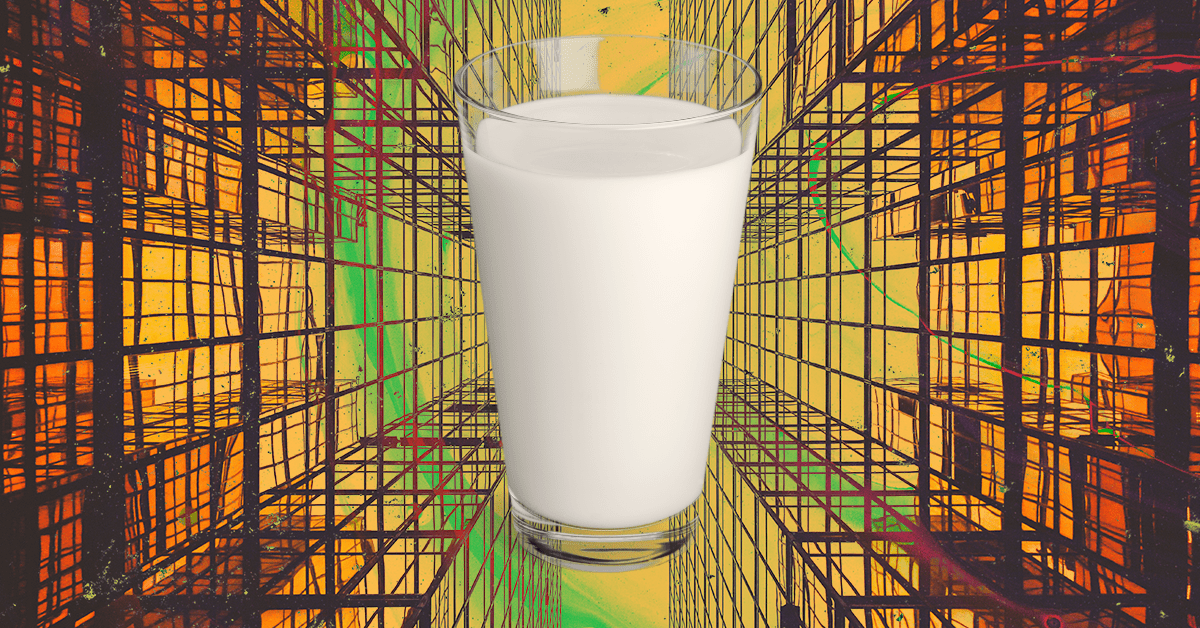
Got flat milk?
-
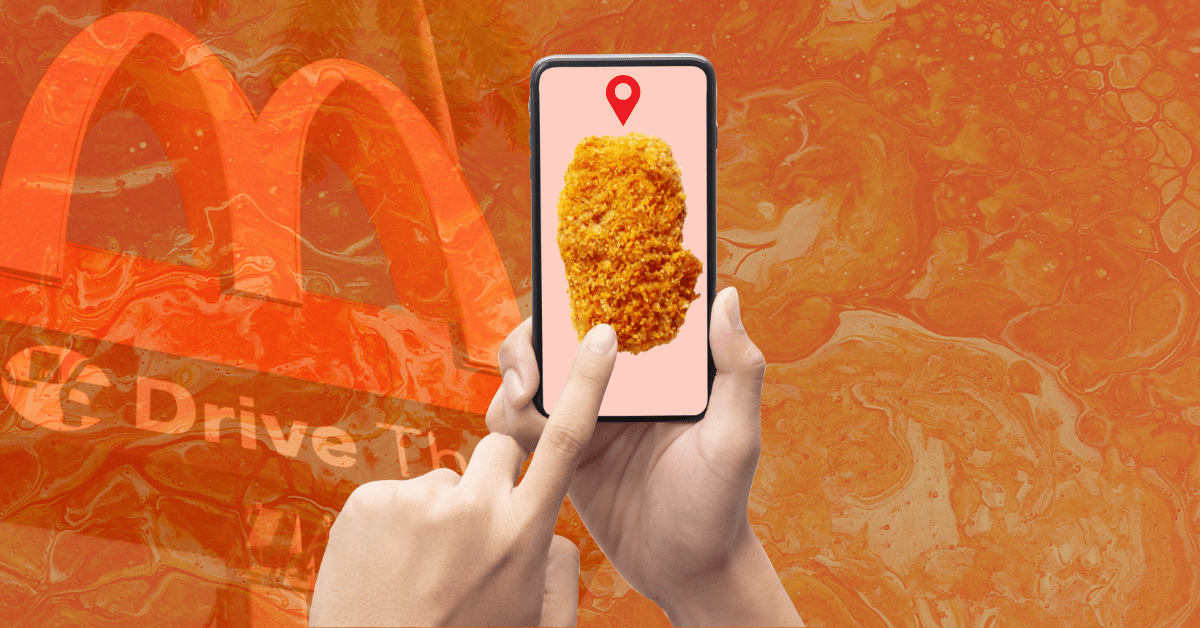
How much would you pay for a free McNugget?


